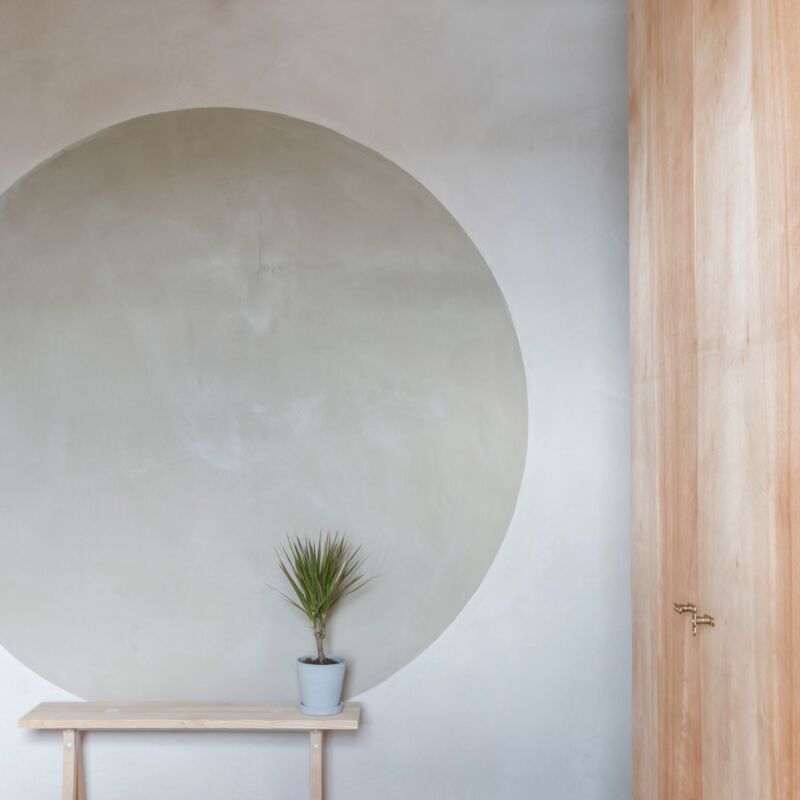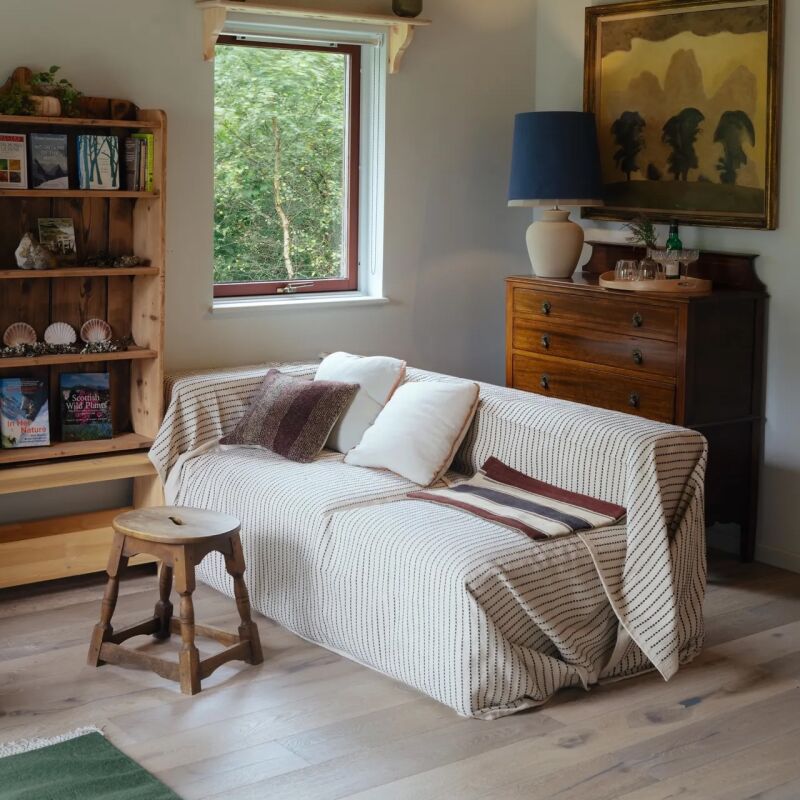Disguising appliances behind cabinet panels is a unifying trick, one that we often feature in our Kitchen of the Week. But integrated appliances are pricier than their traditional counterparts and they don’t always come in the desired sizes. We were happy to see that the creative thinkers behind the website The Merrythought have come up with a DIY way for handy sorts to camouflage standard dishwashers and fridges.
Photography courtesy of The Merrythought.

Over the course of 16 months, The Merrythought co-founder Manda McGrath and her husband, Mike, entirely rebuilt their kitchen themselves giving it a modern farmhouse look.



Feeling inspired? Peruse our DIY Projects archive for more ideas, including these favorites from The Merrythought:
- DIY Display-Worthy Racks: 3 Minimalist Designs for Drying Herbs, Dishes, and Laundry
- DIY Wooden Dowel Hanging Planter
- DIY Peg Rail, Cube Side Table, and Other Wooden Storage Solutions




Have a Question or Comment About This Post?
Join the conversation (0)